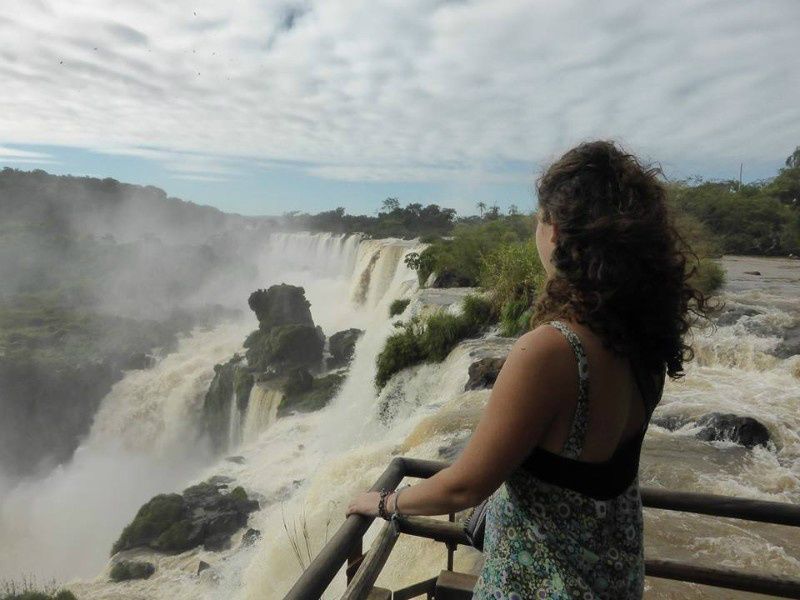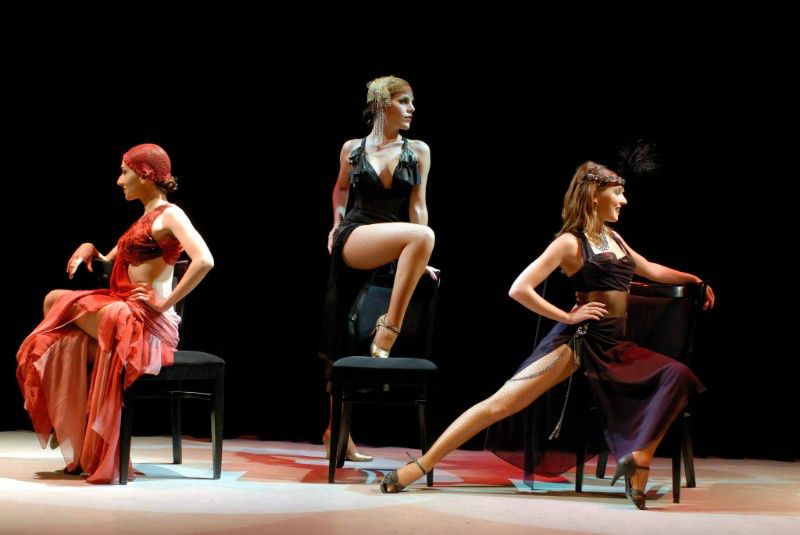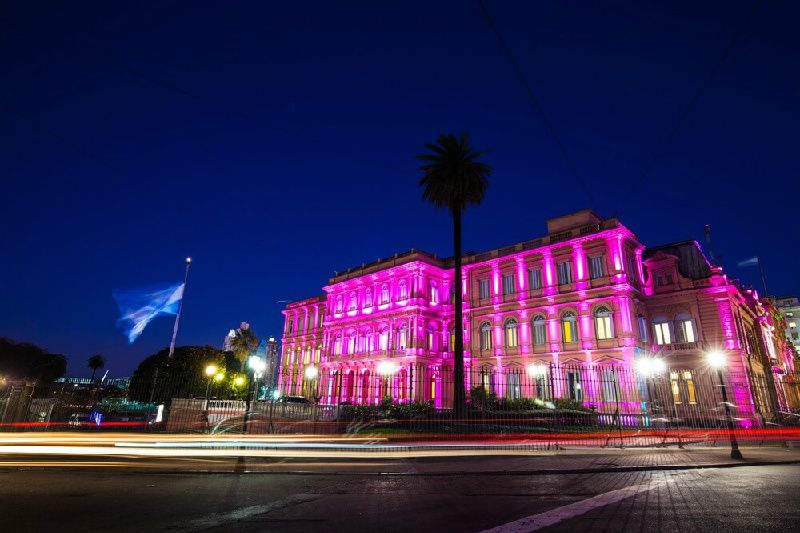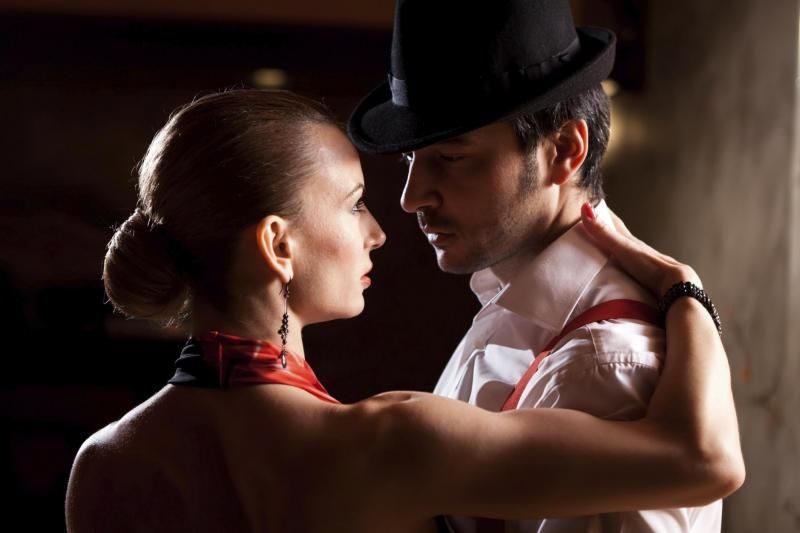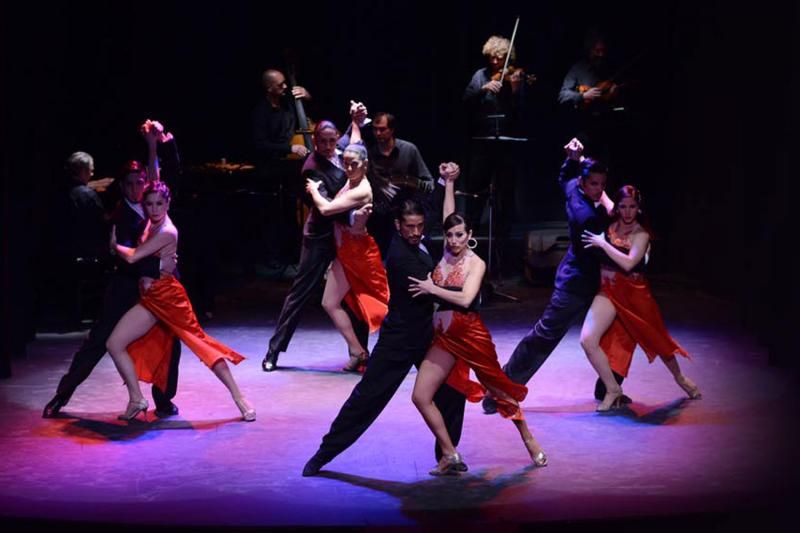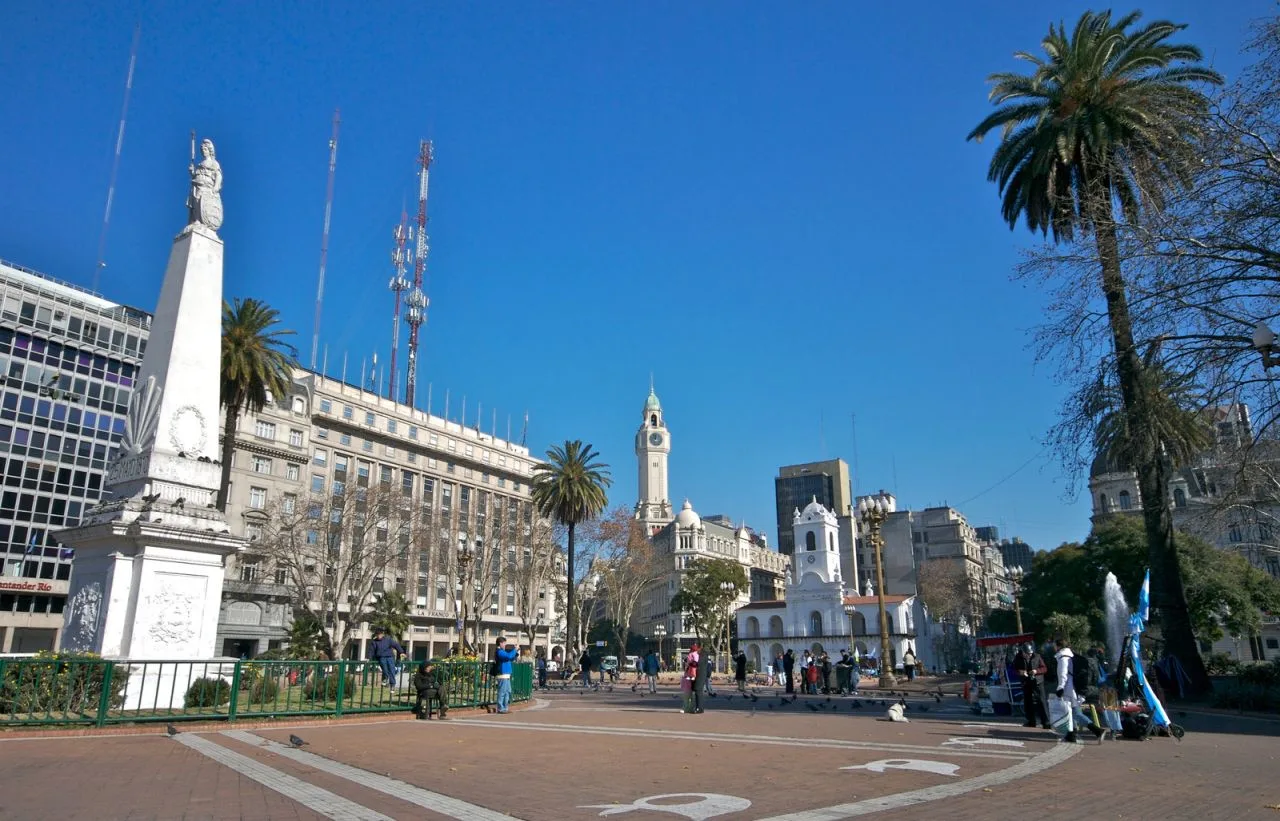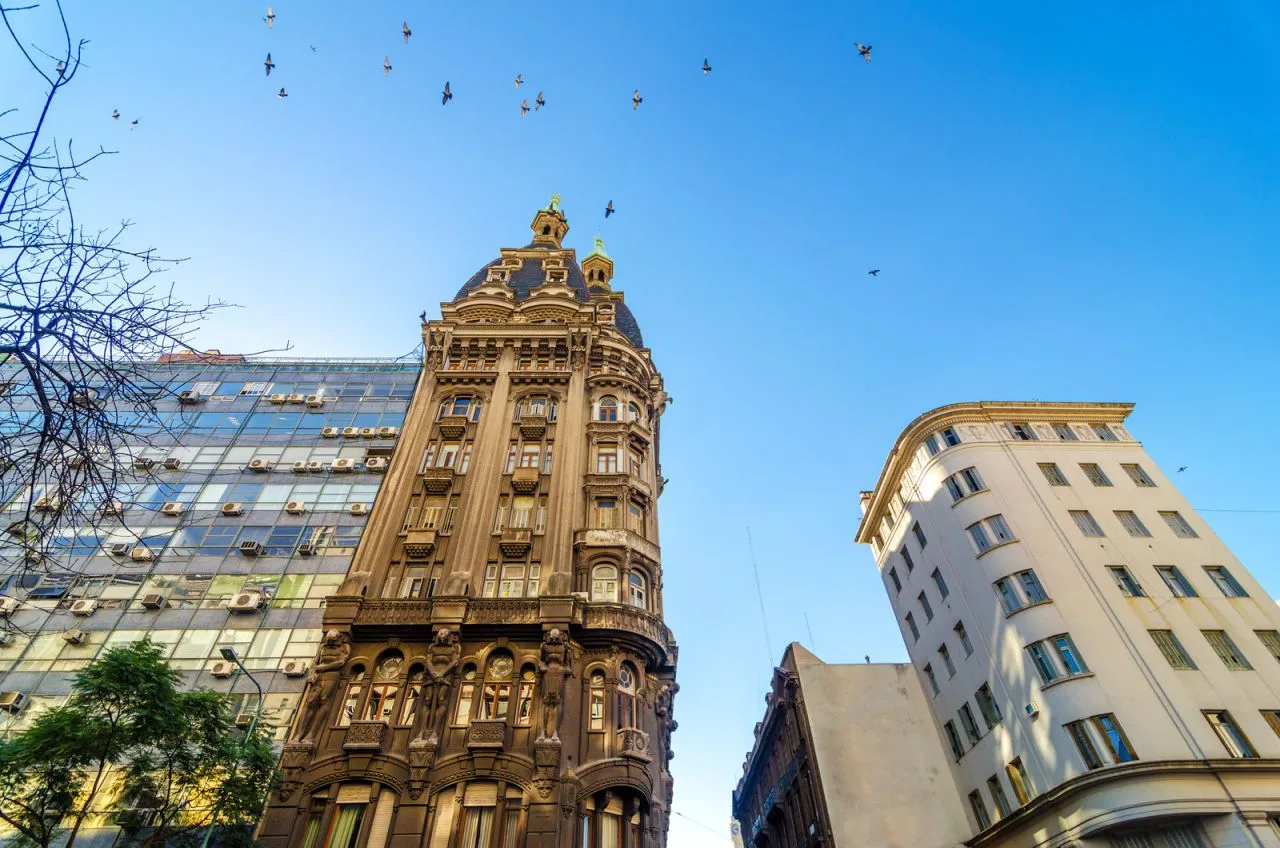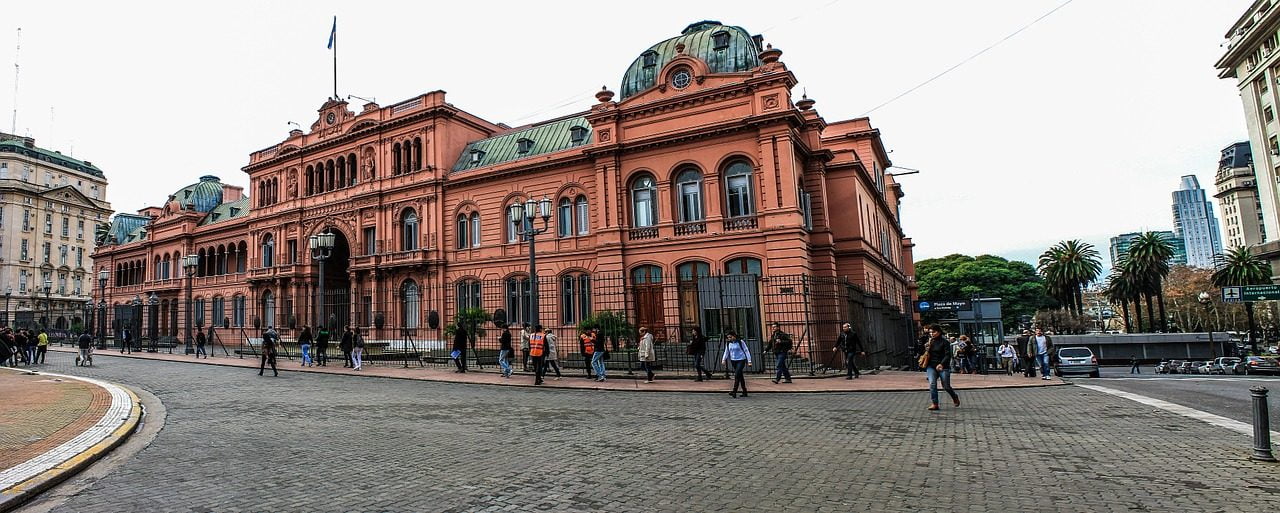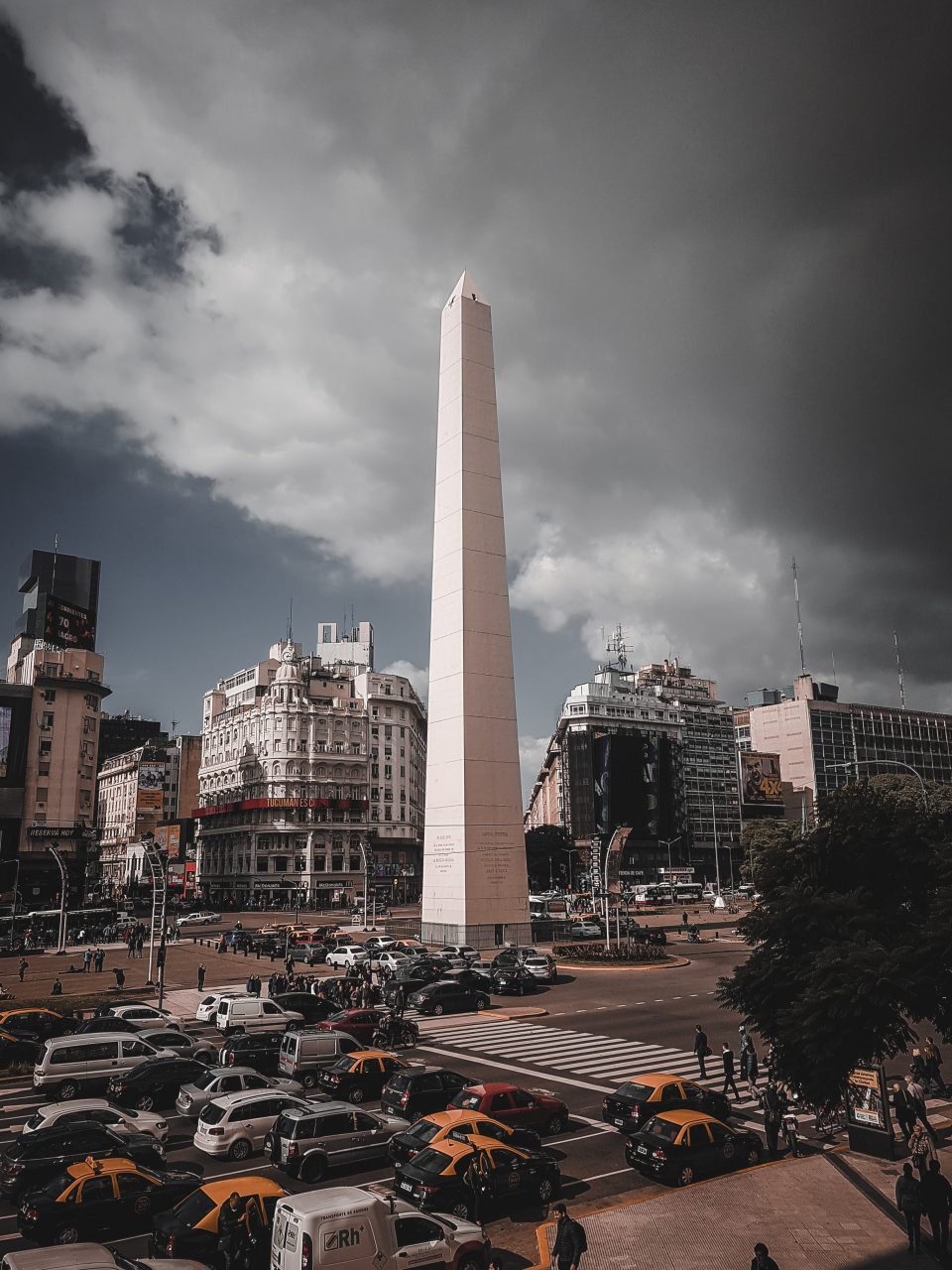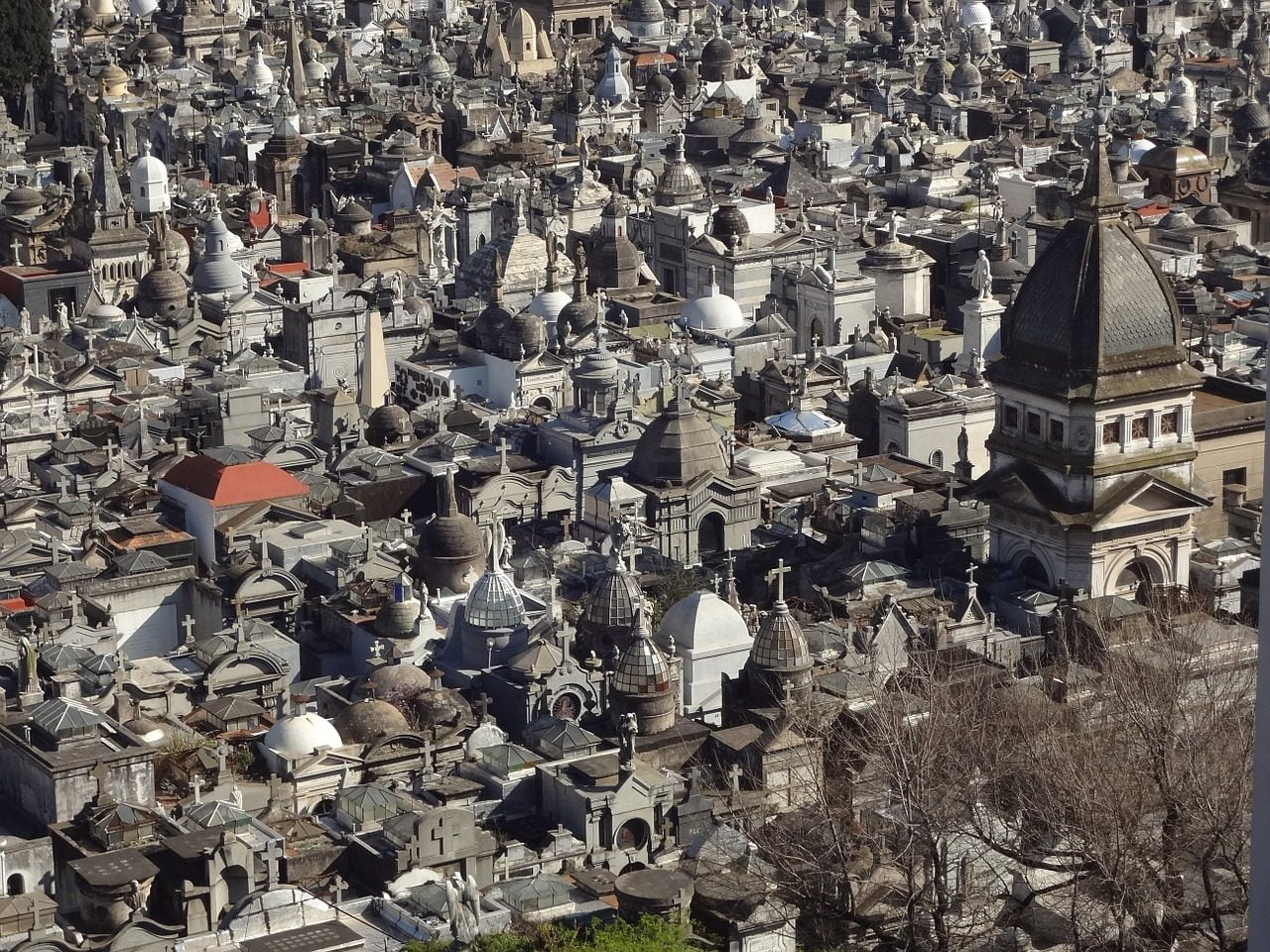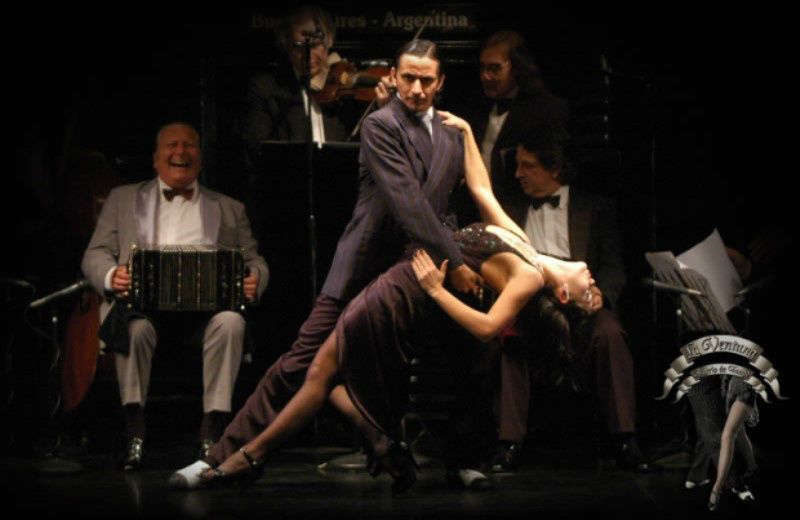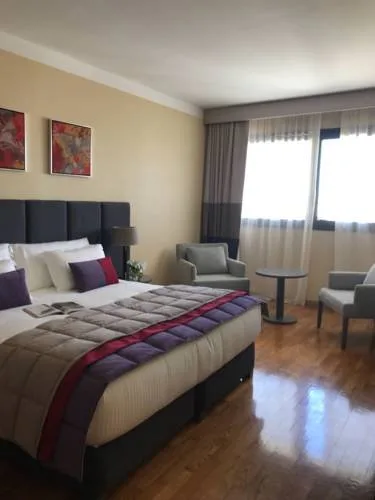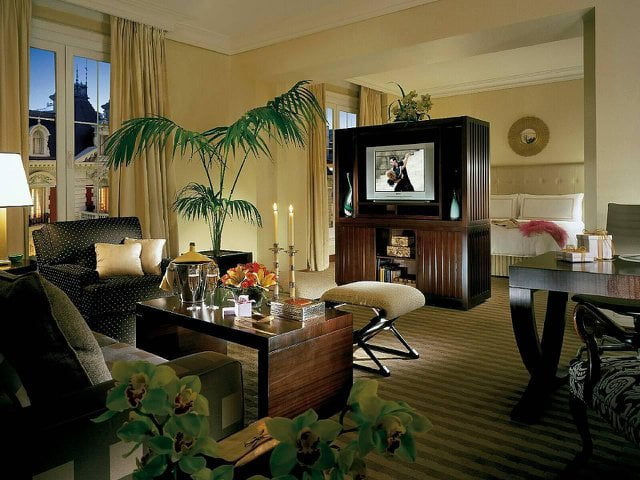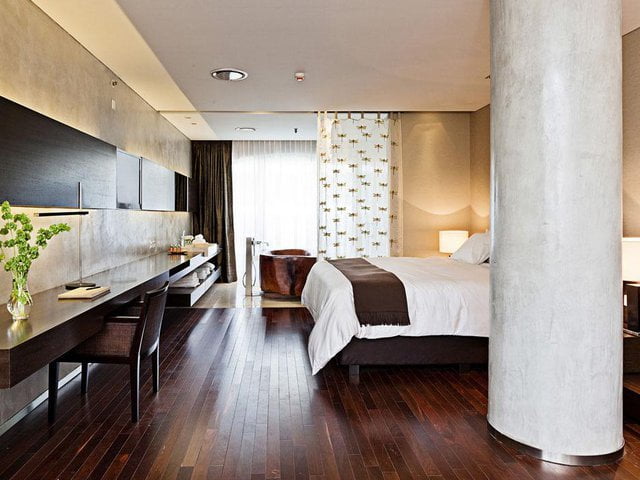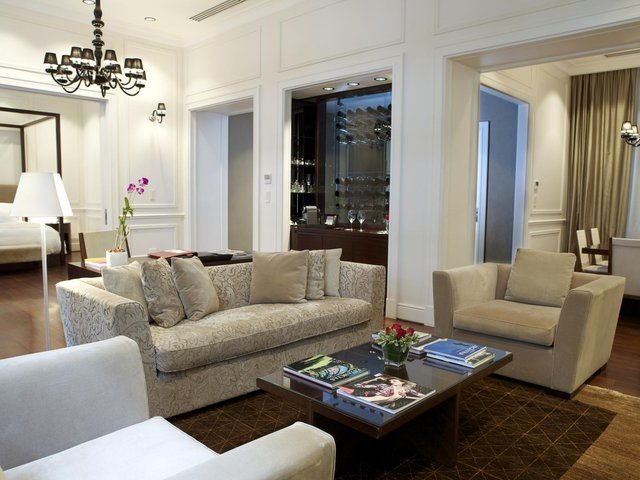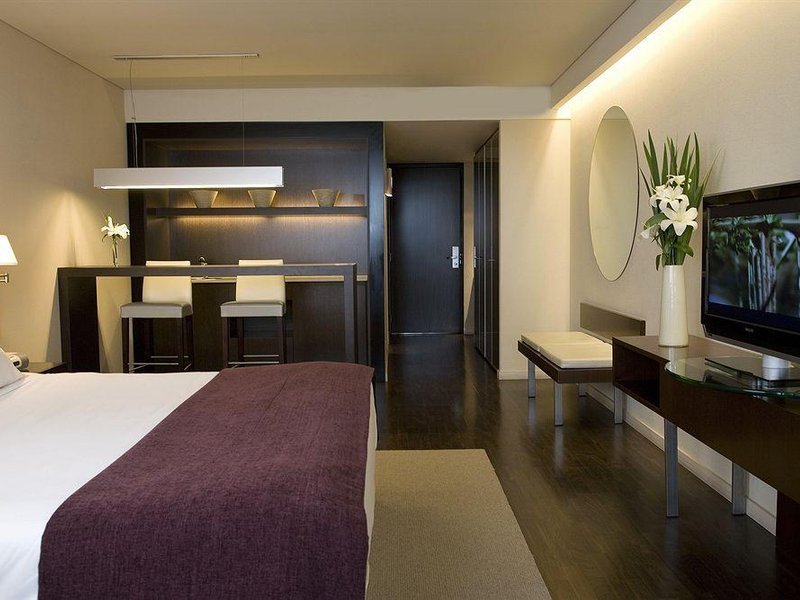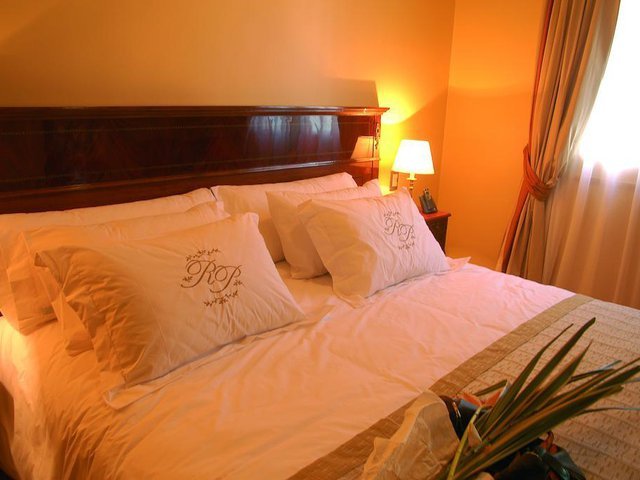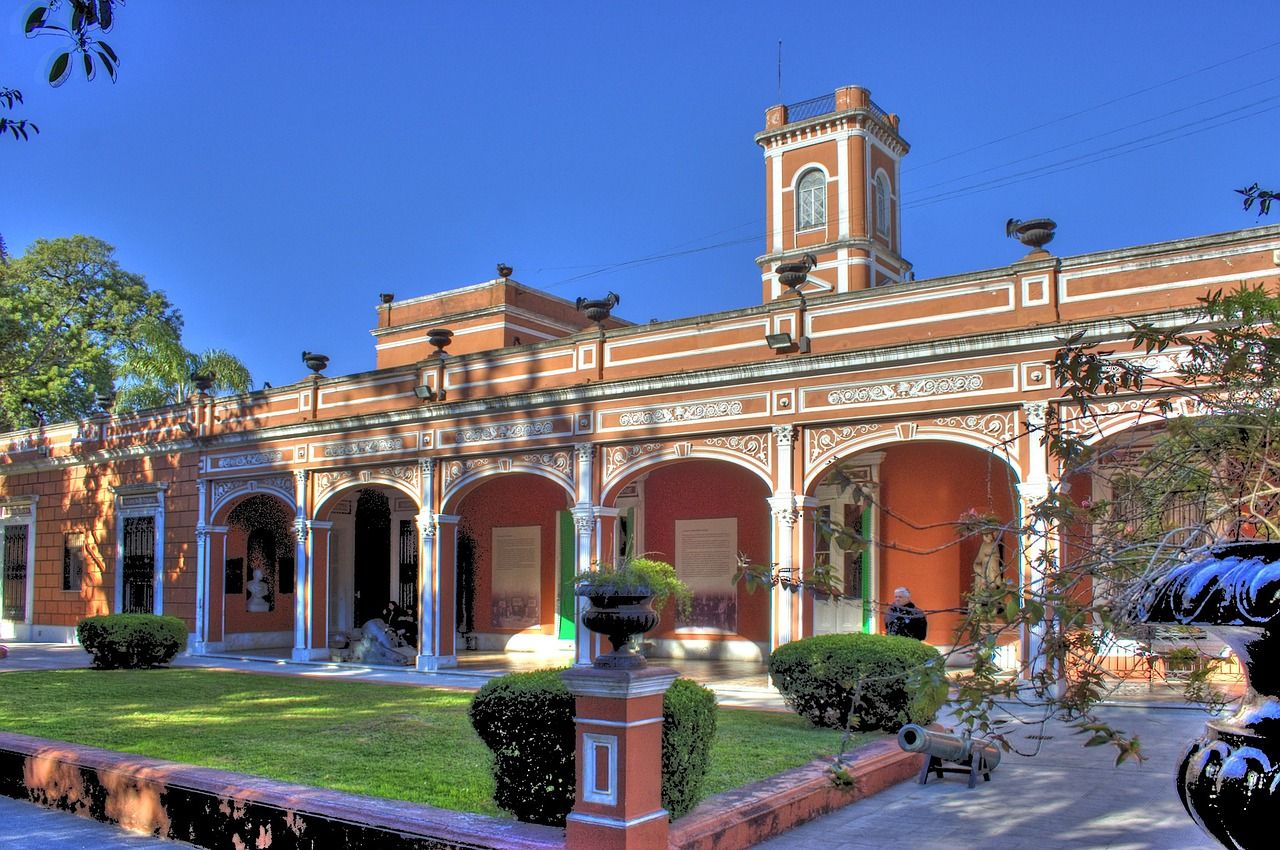
Buenos Aires.
A place where memories are made, and passions are ignited.
Buenos Aires, the vibrant capital of Argentina, is a city that captures the essence of South America with its lively culture, rich history, and intoxicating charm. Known as the “Paris of South America” for its grand European-style architecture, wide boulevards, and cosmopolitan flair, Buenos Aires is a city that effortlessly blends old-world elegance with modern energy.
Home to nearly 15 million people in its metropolitan area, Buenos Aires is the heart and soul of Argentina. The city’s distinct neighborhoods, or barrios, each offer their own unique vibe and attractions. From the colorful streets of La Boca to the historic charm of San Telmo, the leafy elegance of Recoleta to the trendy boutiques of Palermo, Buenos Aires invites exploration and discovery. It is a city that thrives on movement and life, where the rhythm of tango fills the air, where coffee culture is an art form, and where every street tells a story.
The Neighborhoods of Buenos Aires
One of Buenos Aires’ defining features is its diversity of neighborhoods, each with its own unique atmosphere and attractions. Exploring these barrios is like experiencing several cities in one.
La Boca
La Boca is the most colorful and iconic neighborhood in Buenos Aires. Known for its vividly painted buildings and lively streets, this barrio is a feast for the senses.
- Caminito Street: A pedestrian street filled with art, live tango performances, and souvenir shops. It’s a must-see for its vibrant atmosphere and connection to the city’s immigrant history.
- La Bombonera: The legendary home of Boca Juniors, one of Argentina’s most famous soccer teams. Watching a match here is an electrifying experience.
San Telmo
San Telmo is the city’s oldest neighborhood, famous for its cobblestone streets, antique shops, and bohemian charm.
- San Telmo Market: A bustling marketplace filled with antiques, artisanal goods, and local delicacies.
- Plaza Dorrego: A lively square that hosts tango performances and the famous San Telmo Sunday Market.
Recoleta
Recoleta exudes sophistication and elegance, making it one of the city’s most upscale neighborhoods.
- Recoleta Cemetery: A must-visit attraction, this stunning cemetery is the final resting place of notable figures like Eva Perón (Evita).
- Museo Nacional de Bellas Artes: One of Argentina’s premier art museums, showcasing works by local and international artists.
Palermo
Palermo is a trendy, sprawling neighborhood divided into smaller areas like Palermo Soho and Palermo Hollywood.
Palermo Parks: A vast green space perfect for relaxing, with attractions like the Japanese Gardens and the Planetarium.
Palermo Soho: Known for its boutique shops, street art, and fashionable cafes.
Activities
What to do in Buenos Aires?
There are quite a few activities you can do in and around the city. Buenos Aires is filled with exciting activities.
Read MoreAttractions
What to see in Buenos Aires?
There are quite a few attraction you can visit in and around the city. Buenos Aires is filled with historical and cultural landmarks.
Read MoreFood and drinks
What to eat in Buenos Aires?
Buenos Aires is a foodie paradise, besides traditional Italian dishes, there are plenty of local ones, such as Chimichurri.
Read MoreAccommodation
Where to stay in Buenos Aires?
There are quite a few options for lodging in the city: guest houses, apartments, budget and luxury hotels.
Read MoreThe Heartbeat of Buenos Aires: Tango
Buenos Aires is the birthplace of tango, a passionate and soulful dance that embodies the spirit of the city. The history of tango is deeply tied to Buenos Aires’ immigrant roots, and today it remains a vital part of the city’s cultural identity.
- Milongas: These traditional dance halls offer a chance to watch or participate in tango dancing. Some popular milongas include La Viruta and El Beso.
- Tango Shows: For a more theatrical experience, tango shows like Esquina Carlos Gardel or Café de los Angelitos feature professional dancers and live orchestras.
- Tango Festival: Held every August, this world-renowned festival attracts dancers and enthusiasts from across the globe.
Culinary Delights in Buenos Aires
Buenos Aires is a culinary paradise, known for its hearty flavors, world-class wines, and vibrant food culture. Dining here is not just a meal but a cultural experience.
Traditional Dishes
- Asado (Argentine BBQ):
- A meal centered around grilled meats, asado is a national tradition. Parrillas (steakhouses) like Don Julio and La Cabrera are perfect places to indulge in this Argentine specialty.
- Empanadas:
- These savory pastries are a staple in Buenos Aires, filled with meat, cheese, or vegetables.
- Milanesa:
- A breaded and fried meat cutlet, similar to schnitzel, often served with fries.
Desserts and Coffee Culture
- Dulce de Leche: This caramel-like spread is used in desserts like alfajores (sandwich cookies) and ice cream.
- Cafés: Buenos Aires is famous for its traditional coffeehouses, like Café Tortoni, where you can sip coffee while soaking in the city’s intellectual and artistic ambiance.
Wine and Beverages
Mate: A herbal tea made from yerba mate, shared among friends as a cultural ritual.
Malbec: Argentina’s signature wine, often paired with a juicy steak. Wine bars like Vico Wine Bar offer an excellent selection.
Buenos Aires travel facts
Annual Visitors:
Buenos Aires attracts over 2.5 million international tourists annually (pre-pandemic), making it one of the top travel destinations in South America.
Top Visitor Origins:
The majority of tourists come from Brazil, the United States, Spain, France, and Chile.
Tourism Revenue:
Tourism contributes significantly to the city’s economy, generating over $3 billion annually.
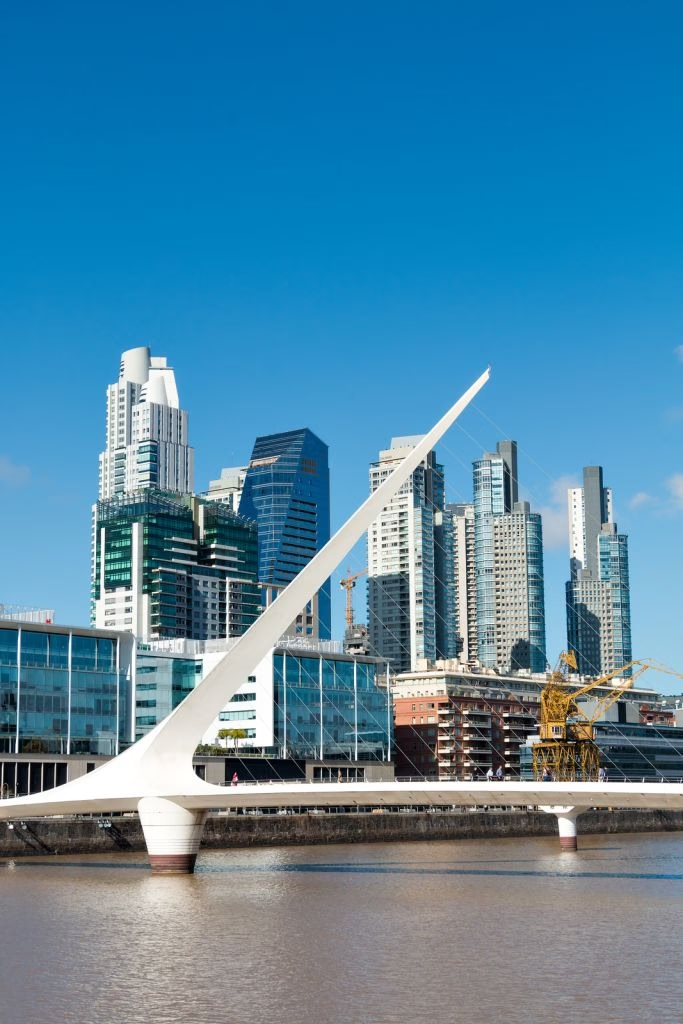
Cultural and Historical Highlights
Buenos Aires is a city rich in history, art, and culture. Its museums, theaters, and historic landmarks provide a deeper understanding of Argentina’s past and present.
Historic Landmarks
- Casa Rosada:
- The iconic pink presidential palace on Plaza de Mayo, where Evita delivered her famous speeches.
- Teatro Colón:
- One of the world’s most renowned opera houses, known for its stunning architecture and acoustics.
Museums
- Museo Evita: Dedicated to the life and legacy of Eva Perón, one of Argentina’s most influential figures.
- MALBA (Museo de Arte Latinoamericano de Buenos Aires): Showcases contemporary Latin American art.
Nightlife and Entertainment
Buenos Aires is a city that never sleeps, and its nightlife is legendary.
- Bars and Clubs: Palermo is the epicenter of nightlife, with countless bars and clubs catering to all tastes.
- Live Music: Venues like Thelonious Club and Usina del Arte host live performances ranging from jazz to classical music.
Shopping and Markets
Shopping in Buenos Aires is a mix of high-end boutiques, artisanal crafts, and vintage finds.
- Florida Street: A pedestrian shopping street offering a range of goods.
- San Telmo Market: Perfect for unique antiques and souvenirs.
- Palermo Soho: Known for its designer stores and local fashion.
Parks and Green Spaces
Despite being a bustling metropolis, Buenos Aires offers plenty of green spaces to relax and unwind.
- Bosques de Palermo: A massive park with walking paths, lakes, and a rose garden.
- Reserva Ecológica Costanera Sur: A peaceful nature reserve along the Río de la Plata, ideal for walking or birdwatching.
When to Visit Buenos Aires
Buenos Aires is a year-round destination, but the best times to visit are:
- Spring (September–November): Mild temperatures and blooming jacaranda trees make the city especially picturesque.
- Autumn (March–May): Pleasant weather and fewer crowds.
Latest travel articles about Buenos Aires
Practical Travel Tips
- Getting Around: The city has an extensive public transportation network, including buses, trains, and the Subte (subway).
- Safety: Buenos Aires is generally safe for tourists, but it’s wise to stay vigilant in crowded areas and watch for pickpockets.
- Language: Spanish is the official language, but many locals working in tourism speak basic English.

